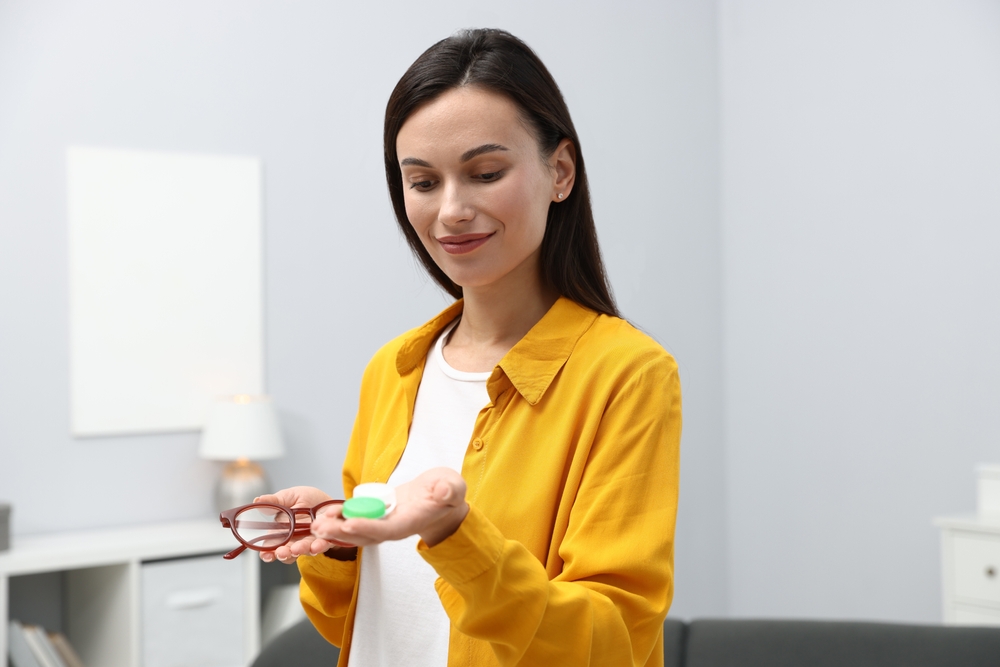Luck Optical Blog
Learn more about optometry care in our blog!

For many people, traditional single-vision contact lenses work well. But if you’ve noticed changes in your vision such as needing one prescription for distance and another for reading, you may be considering an alternative.

In today’s digital world, most of us spend hours each day staring at screens. While technology keeps us connected and productive, too much screen time can take a toll on your eyes. Let’s explore how screen time affects your eyes, simple steps you can take to protect your vision, and when it’s time to visit your eye doctor.

Contact lenses are a convenient and comfortable alternative to glasses for many people. However, they aren’t one-size-fits-all. Contact lenses must be measured and fitted correctly to ensure they provide clear vision and feel comfortable throughout the day. If you’re new to contacts—or even if you’ve worn them for years—you might wonder what all those numbers on your prescription really mean. Let’s break down how contact lenses are measured and how your preferences and lifestyle can influence the best choice for you.

Myopia, commonly referred to as nearsightedness, is a condition where distant objects appear blurry while nearby objects remain clear. As myopia progresses, this blurriness can become more pronounced, leading to increased dependency on corrective lenses and, in some cases, higher risks of eye health complications. Understanding the myopia progression curve is essential for recognizing the importance of early intervention and long-term management.

Maintaining good eye health requires regular eye exams. This is regardless of whether you experience vision problems. Many people believe their eyes are working fine without realizing they may need glasses or contacts.

Having optimal vision and healthy eyes is crucial for your overall well-being and quality of life. Your eyes are the windows to the world, allowing you to navigate your surroundings, engage in work and leisure activities, and maintain a sense of independence and confidence. However, vision problems can arise due to various factors, including age, genetics, lifestyle habits, and underlying health conditions.

Eye infections are a common problem that can affect anyone, regardless of age or gender. These infections can cause discomfort, pain, and even vision problems if left untreated. It is important to be aware of the causes, symptoms, and appropriate treatment options for eye infections to ensure prompt and effective care.

Contact lenses for vision correction have revolutionized the world of optometry, offering an effective alternative to glasses. They have become a popular choice for people who lead active lifestyles or simply prefer the aesthetic appeal of not wearing glasses. As a first-time contact lens wearer, you might have a flurry of questions and concerns about using them.

Regular eye exams are essential for maintaining good eye health. They can help detect vision problems, eye diseases, and other health issues before they become more serious.

Experts suggest that myopia, or nearsightedness, affects more than 1.6 billion people worldwide. People with myopia can see close objects clearly, but far items appear blurry. Individuals with nearsightedness have continued to increase as children spend more time indoors using computers and other digital devices. Myopia control is helpful for children diagnosed with the condition.







